How to Improve Fast – 2. How to Prepare the Boat
By Luis Soubie In the previous chapter, the first, we discussed the critical importance of THINKING all the time while racing. Only if we think will we have ideas, and some of them will lead us to success, or at least we will finish better than usual. This thinking about the race also WORKs when we are NOT racing. Previous work is essential and the next 3 chapters talk about this. Try to see this sport as a game of probabilities. There are several factors and you make decisions all the time and they will be better or worse depending on how much information you have, whether you analyzed well or not, whether you executed well or badly. Luck does not exist and NOBODY does EVERYTHING well. Prepare the boat well to maximize the probabilities. So this game is to put as many odds in our favor as possible. Each factor involved, from the tactical, speed, mental, comfort, boat, even whether we are hungry or thirsty, we must do everything possible to help ourselves win. Meanwhile, others will stop working on it and will not have this, giving us an advantage for FREE. ...
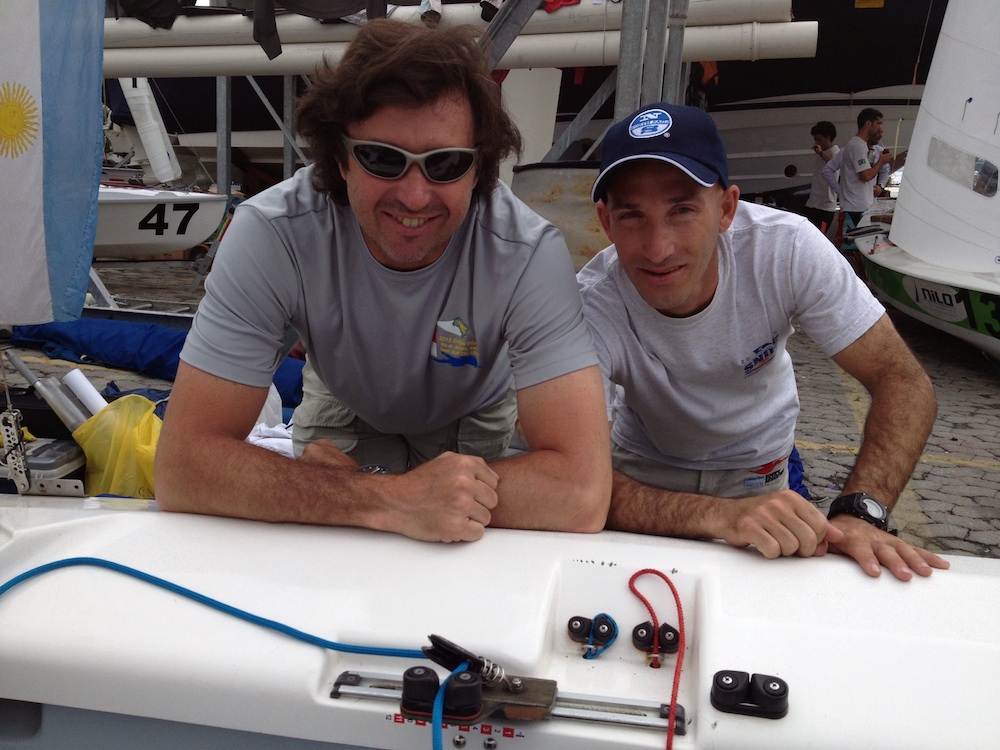

By Luis Soubie
In the previous chapter, the first, we discussed the critical importance of THINKING all the time while racing. Only if we think will we have ideas, and some of them will lead us to success, or at least we will finish better than usual.
This thinking about the race also WORKs when we are NOT racing. Previous work is essential and the next 3 chapters talk about this.
Try to see this sport as a game of probabilities. There are several factors and you make decisions all the time and they will be better or worse depending on how much information you have, whether you analyzed well or not, whether you executed well or badly. Luck does not exist and NOBODY does EVERYTHING well. Prepare the boat well to maximize the probabilities.
So this game is to put as many odds in our favor as possible. Each factor involved, from the tactical, speed, mental, comfort, boat, even whether we are hungry or thirsty, we must do everything possible to help ourselves win. Meanwhile, others will stop working on it and will not have this, giving us an advantage for FREE.
…
One of the most important aspects is the boat. And I do not mean the set-up (we’ll talk about this later), but the condition of the boat, which often leaves much to be desired. Every week many people approach me and ask about the rake and tension, and I go by their boat and see that everything is dirty, the rudder and centerboard scratched, ropes and shackles in many cases precarious, failed systems, halyards nor working well, etc. Until we eliminate this long list of things that are wrong, the setup does not matter.
It also happens that people come to congratulate me on Sunday afternoon if we won, and they point out that “we always win or do so good” and they suggest there is a kind of “magical talent”, a status quo that is impossible to beat. They never see the work behind the success, they do not observe that Saturday morning we are the first ones to the club, one of the few to wash the hull. We never stop working on the boat while the others talk at the dock, and we are the first out on the water to test the day. They do not know that if something got stuck last week, surely we have dedicated a whole afternoon to fixing it during the week. The attitude of saying “he will allways win” is an easy way to look at it, one that I do not agree with at all. There is talent, sure, sometimes more and sometimes less, but not a single “winner” in our sport is not working like crazy to achieve their success.
As a rule, those who are beginning or who are unable to always be among the top shuold start by copying the winners. Do not try to invent what is already invented. It is not the time. Wait until you have 10 years in the class or you are already a top sailor.
One of the most common mistakes I see is that the more basic the level of a sailor, the more complicated the systems that are implemented on the boat, as if a system to put the boom 3cm to windward will make you win races tomorrow. Ridiculous. Why worry about this while there are other things that do not work at all?
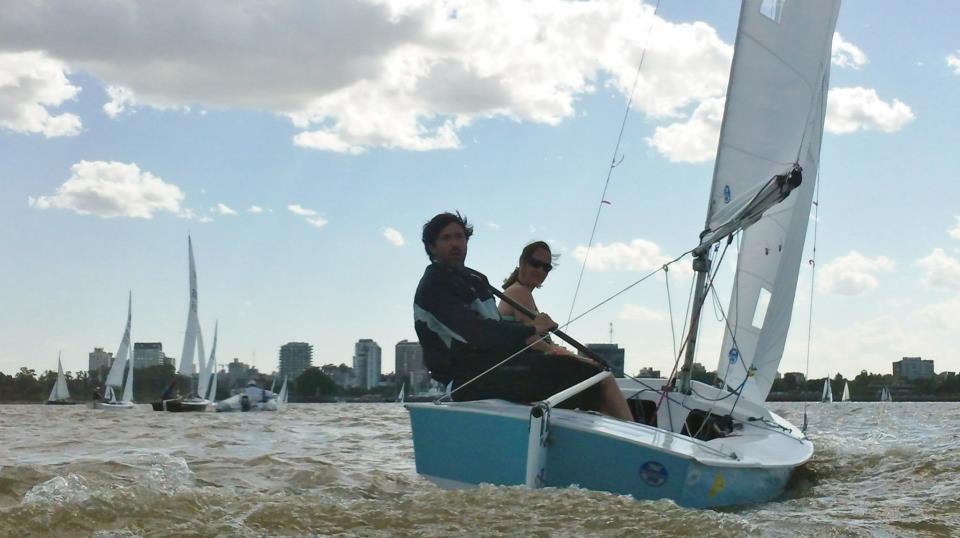 The hull must be smooth and clean. You must work on the bottom and wash with detergent every week. Sand it or polish if necessary. Personally, I give an additional deeper cleaning and I apply Teflon once a month or at every major regatta. On salt water (I sail in fresh water), washing the hull is a daily task.
The hull must be smooth and clean. You must work on the bottom and wash with detergent every week. Sand it or polish if necessary. Personally, I give an additional deeper cleaning and I apply Teflon once a month or at every major regatta. On salt water (I sail in fresh water), washing the hull is a daily task.
Take on the job of fixing everything, and make sure everything works fine. The rudder should not have any movement at the pintles or the extension. And its surface must be perfect. The centerboard should have velcro or something to prevent it from moving in the daggerboard case.
The centerboard is the most important element of the boat. Everyone sandpapers occasionally, but very few give good shape to the leading edge or exit (the mos important is the exit). 99% of the shapes that come from the factory are not very good, at best, and people use the board that way until they sell the boat. Another issue that strikes me when I travel is that almost nobody has the anodized centerboard. I sail in fresh water and I have it anodized and only polish it the same amount as the hull. Anodized aluminum is much harder than the raw aluminum. So anodize!
Keep the boat SIMPLE! 2 sheets, vang, pre bend fore and aft, cunningham and that is all. Do not get more complicated (traveler, barber haulers, ropes to open the bailer, and other systems). That’s for later. You use them very few times at the beginning, and they will be misused. Keep the weight to a minimum.
All the lines have to run well, be as thin as possible, of good quality and not excessively long. The mainsheet should be máximum diameter of 10mm (I use 7mm) and the jib 8mm (I use 6mm). The maximum line for pole 6mm (I use 5mm). The thinner the rope, the better it runs and less weight when wet. If something gets stuck ONCE it is because it is NOT well put together. In a well-rigged Snipe, ropes work properly all the time.
Buy sails that are EASY to sail with. Radial sails are faster but require an intense trim, and if you do not do it, they become slower. At the beginning of the year when I’m “out of shape” I race with cross cut sails, and I step into the radial halfway through the year when I feel I’m sailing in top form.
Be sure to start the race with a dry boat. Do not carry anything that holds wáter: clothing, food or tools. Do not dress in big clothes. Try to wear lycra and a spray top. I sail barefoot if it is not too windy, for more sensitivity—and I don´t carry useless weight in boots. Wetsuits, loose clothing, shorts over other garments or cotton shorts are very fashionable but they are not the best. Remember, neoprene boots and hiking pants of helmsman and crew together weigh 15 kilos when wet. That is pure ballast.
Eat an energy bar between races and take plenty of water, but never fill the bottles. Do not eat lunch! You can not race well while digesting your food. You have a limited amount of blood and will need it in the legs and the brain, not in the digestive system. Urinate rather tan racing for an hour thinking of the bathroom at the club.
Remember, THINK about everything we can do to get in better condition at the start, to have a faster boat. All this is free and requires relatively little effort. Undoubtedly much less effort than is required to tactically get the same advantage.
In the next chapter we will discuss the set-up.
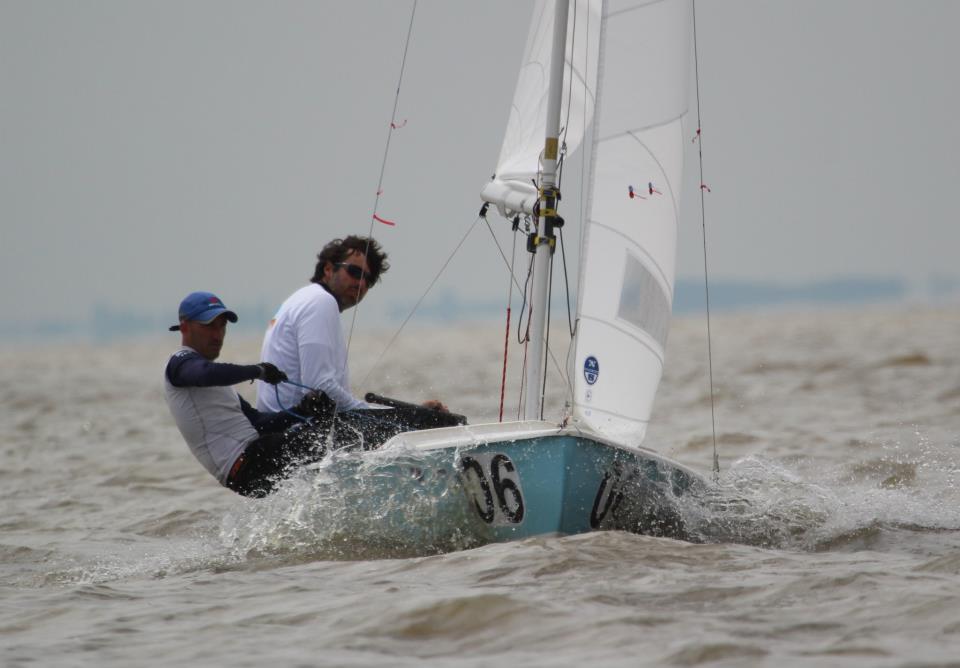
“HOW TO IMPROVE FAST” is a series of short articles to the sailors who usually end up outside the first third of the fleet in most races.
They are sailors who week after week try to improve, try to repeat what they did in that race in which they finished better. They try to stay in front when they round the first mark near the leaders, but most of the time they fall back without knowing why..
The goal of all this is to provide some technical elements to help them stop committing some recurring errors immediately, so they can see results right away.
Of course, and this needs to be said, this is just my humble PERSONAL opinion, and others will have an equally valid different one. This is what I’ve learned or observed in the 35 years I’ve been racing sailboats, 26 of them under the “fat bird”, and what I try to do or avoid every weekend.
Leave a reply
Your email address will not be published. Your comment will be revised by the site if needed.



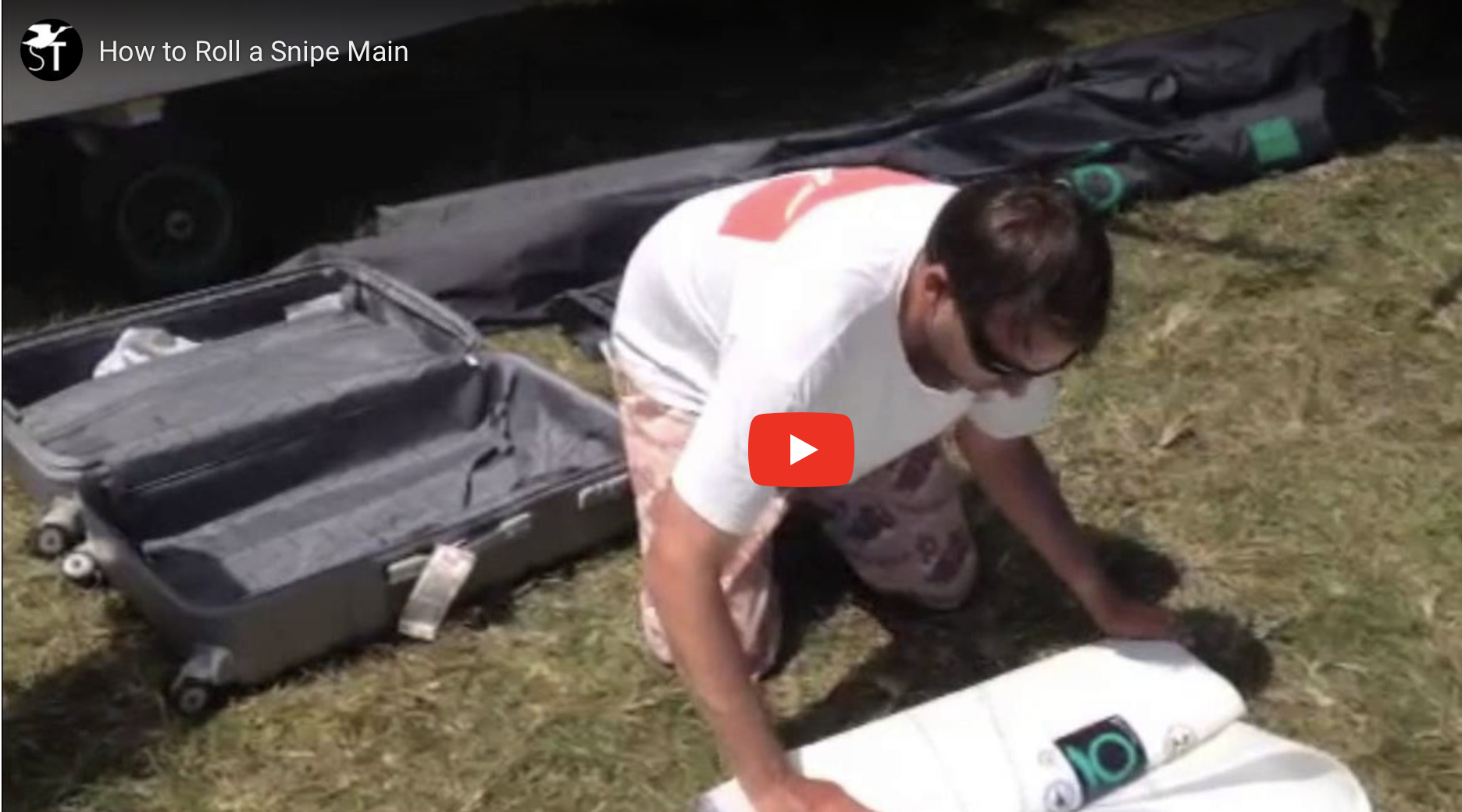
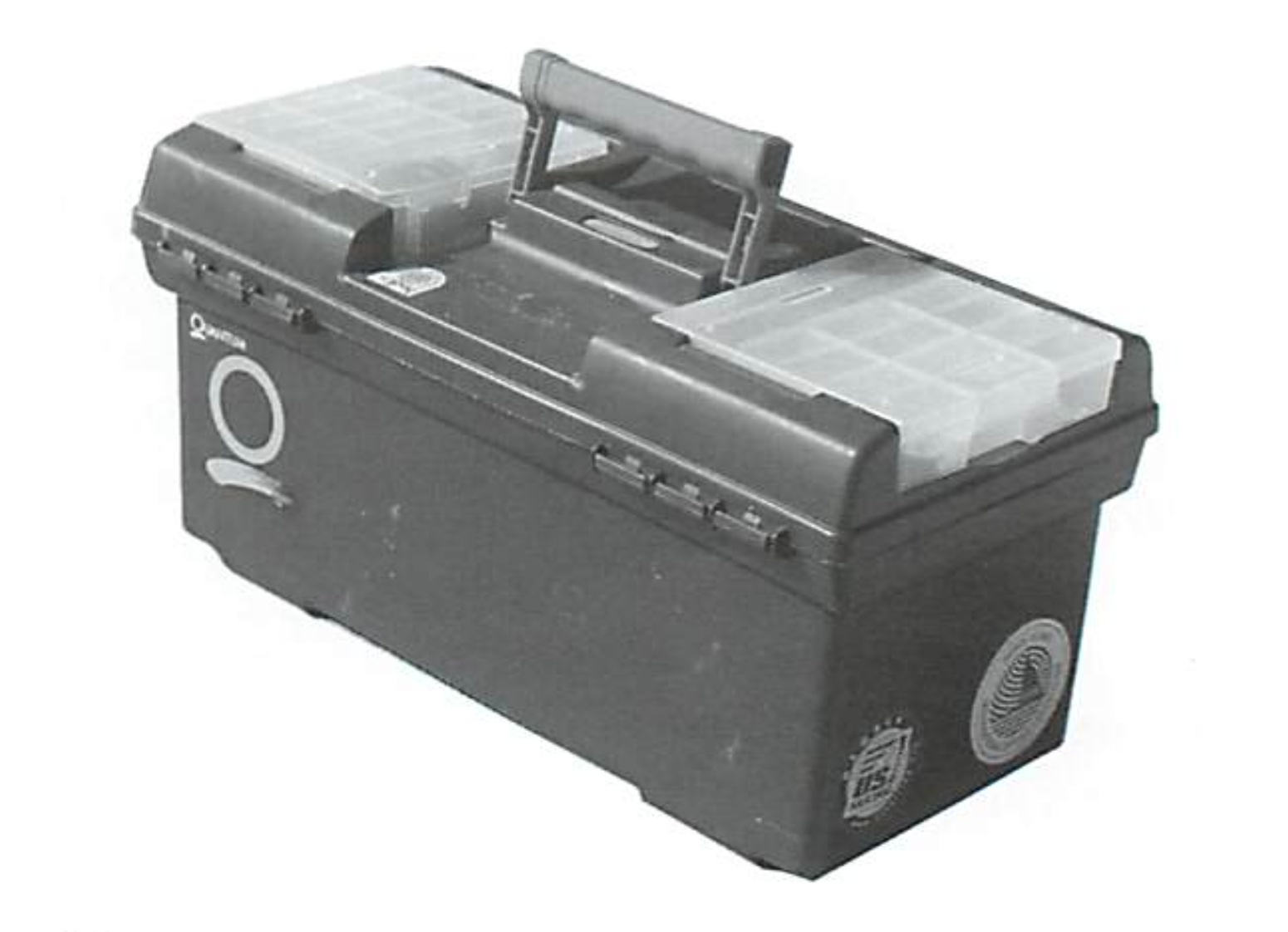

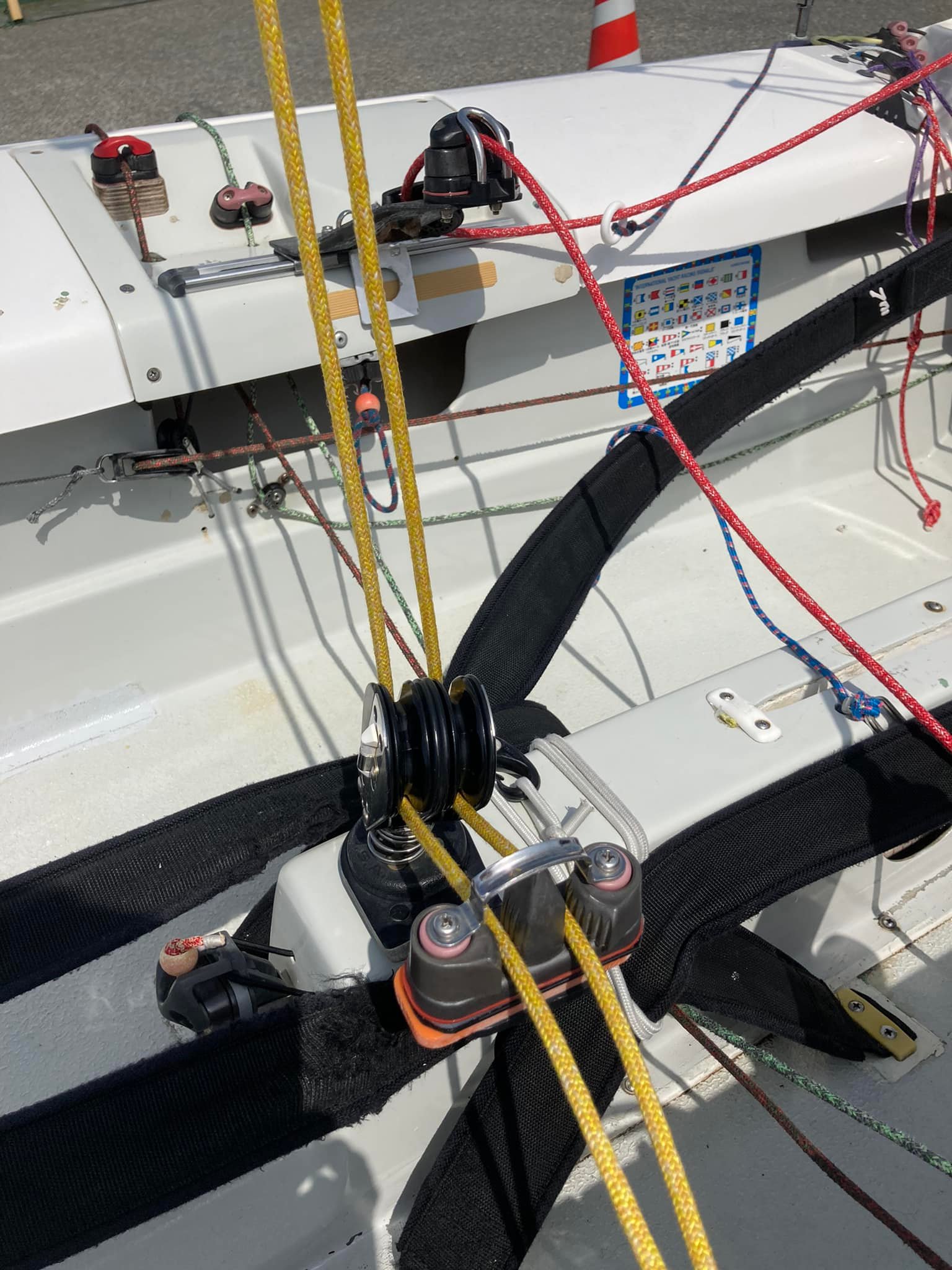
2 comments
Peter Devlin
I love this series. The frankness and detail is refreshing and immediately useful. Thanks. Keep it up...PLEASE.
Leave a reply
Your email address will not be published. Your comment will be revised by the site if needed.
Igor Cavalcante
Great serie, i am waiting for the next chapter, thank you.
Leave a reply
Your email address will not be published. Your comment will be revised by the site if needed.